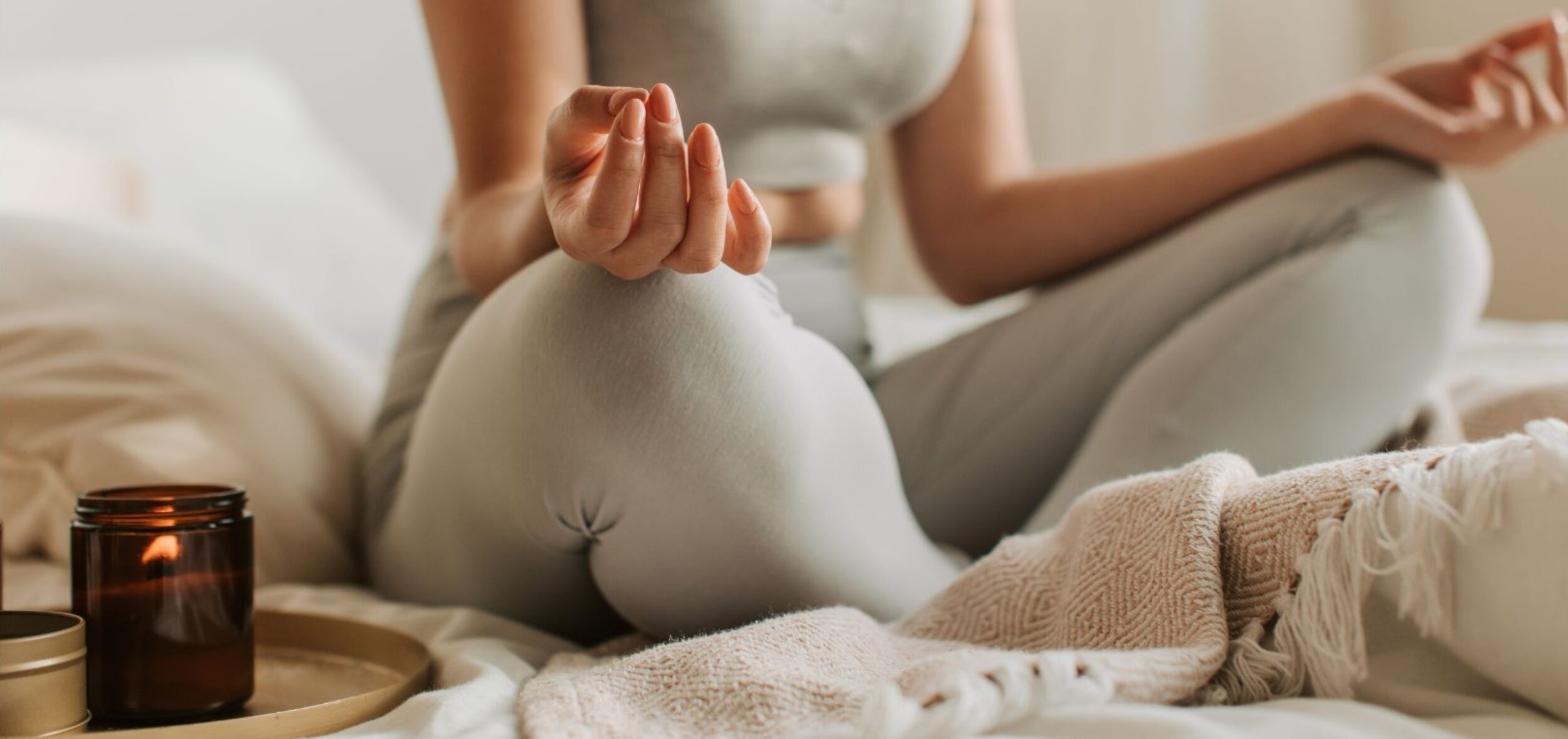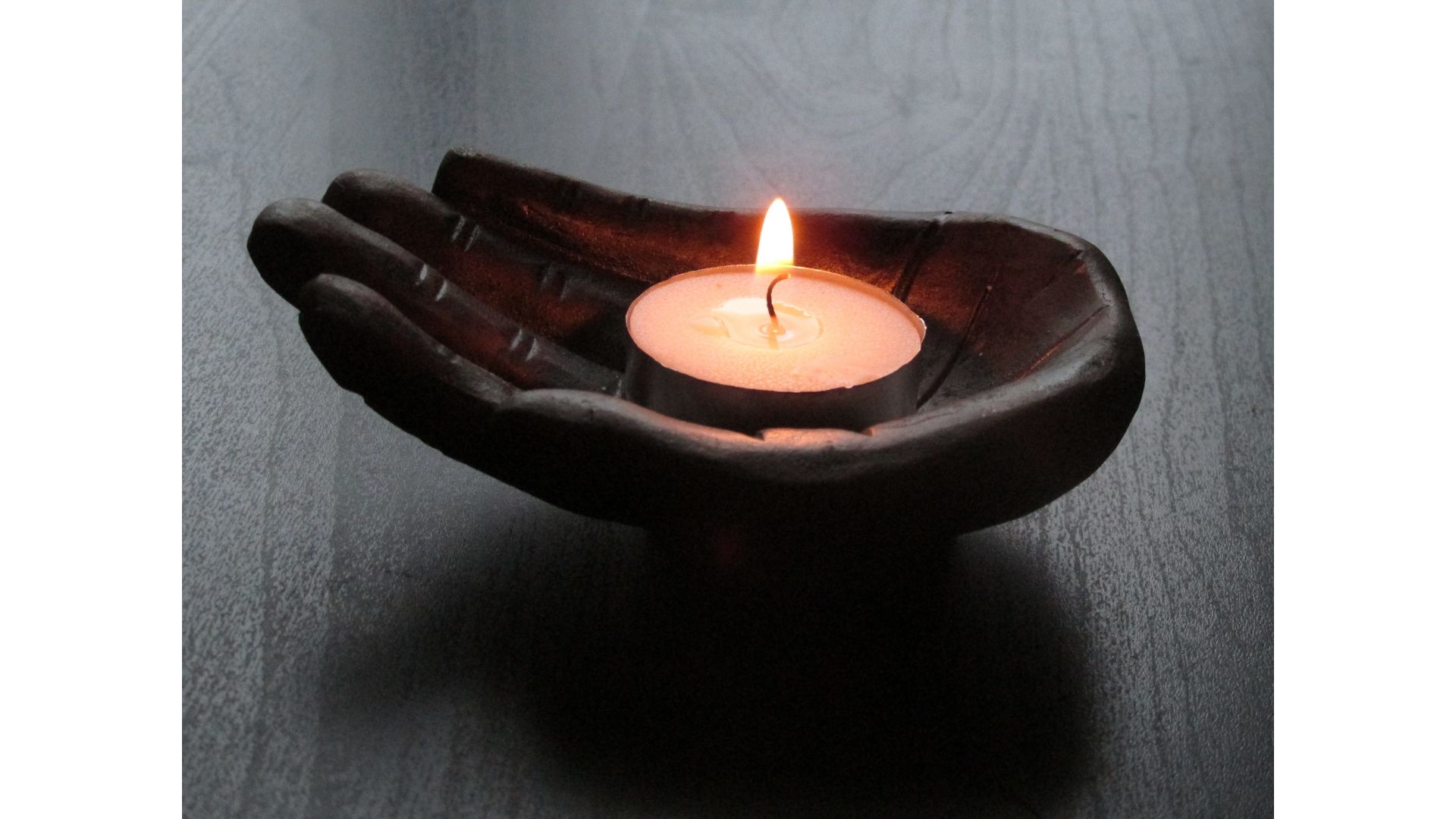Starting a meditation practice can feel really intimidating at first.
Most people put a lot of pressure on themselves to have some perfect, blissful experience, when in reality, it’s all about learning to accept your experience for exactly what it is, which— let’s face it— can be boring, uncomfortable, or downright unpleasant.
But don’t worry…it gets better! Over time, you’ll build the skill to sit with unpleasant emotions and sensations, helping you become a more resilient and patient person in your everyday life.
I am not a meditation guru by any means, but based on the many hours I’ve spent meditating over the past 8 or so years, here are some tips I can offer to help set you up for success:
1. Start with a free guided meditation.
When I started out, there weren’t a whole lot of meditation apps out there. My therapist recommended starting with a couple meditations on Youtube by Lori Granger. Specifically, I probably listened to the following meditations hundreds of times:
Let Go : A Guided Meditation with Lori Granger, LMFT
Sitting With Breath — A Guided Meditation with Lori Granger, LMFT
I began to poke around on Youtube and discovered some other favourites (which I’ve also played an embarrassing amount of times), including:
Defusing From Your Thoughts (Leaves on a Stream)
Observing & Naming Thoughts – Mindfulness Exercise With Naomi Goodlet
I love Naomi Goodlet, who offers hundreds of free audios on her website. I also began to really enjoy guided meditations by the wonderful Jon Kabat-Zinn.
These days, there are probably thousands of free meditations available, but I found Youtube to be a great place to start. If you’d prefer a dedicated app, the New York Times recommends the Healthy Minds Program as the best free meditation app of 2024. I haven’t tried it, but it looks pretty comprehensive!
Today, my go-to meditations are through the Calm app (Jeff Warren’s ‘Daily Trip’ is my fave!) but this subscription costs me about $75 CAD per year.
I highly recommend trying some free meditations first to figure out what you like.
2. Sit cross-legged, leaning lightly on something behind you or propping your bum up on a pillow.
A lot of meditations will help guide you into your posture at the start, but in case yours doesn’t, I recommend sitting cross-legged with an upright (but not rigid) posture.
You want to feel relaxed but not to the point where you’ll fall asleep.
I find that sitting for 10+ minutes without anything behind me or under me starts to hurt my back.
I suggest sitting on the floor, either leaning your back lightly against a wall or a bedframe, or using a pillow under your bum. This video helps demonstrate (but you can just use a pillow from home!)
3. Meditate when you know you’ll be alert
For me, meditating when I first wake up is really difficult because I fall back asleep (yes, while sitting up!) It takes some experimentation, but try to find a time when you know you’re less likely to fall asleep. I like to meditate in the evening around 8:00pm so I’m not too tired. This is super personal so figure out what works best for you.
3. Find a quiet, distraction-free environment
I can’t stress this enough. In order to get the most out of your practice, try to find a room without distractions or other people— even if that’s just for 2 minutes! It’s ok if there are background noises like traffic outside or a humming heater in the room. You can learn to work with and “accept” these small annoyances during your practice.
But try to give yourself the gift of a dedicated time where you know you won’t be interrupted.
4. Create a little ritual just for you
While not necessary at all, I like to start my meditations by lighting a candle. I find that it sets the tone by doing a small act of kindness for myself.
Other rituals you can try:
- Ringing a meditation bowl
- Lighting incense
- Placing a cozy blanket underneath you or in your lap
5. Be patient with yourself
The truth is that you will probably get frustrated in your first couple weeks and months of meditating. Meditation is a deeply personal experience and different challenges arise for everyone.
I still get frustrated to this day, but after time, you’ll know what to expect and have better tools to help navigate your experience.
It is an ongoing “unlearning” of our society’s obsession with productivity, achievement, and to-do lists. It’s amazing how much can be ‘figured out’ by just surrendering and not actively trying to solve anything.
6. It’s about consistency, not quantity
Like starting any new habit or practice, it’s tempting to want to pour 100% of yourself into it. To adopt an ‘all or nothing’ mindset. But similar to working out, I firmly believe that the key with meditation is showing up consistently for yourself, rather than intensely. You won’t get more insights or more relaxation from meditating 10x a day versus once a day — in fact, you’ll probably get burnt out and ditch the practice altogether.
Try dabbling with a few times a week to start (or maybe once a day if you’re feeling ambitious) and go from there!
7. If you’re fidgety, try exercising first
Meditation can be exponentially harder if you have a lot of ‘pent up energy’ and haven’t gotten much physical exercise that day. If you’re finding yourself really fidgety during your meditations, try doing them about an hour after a workout or physical activity (even a walk is great!)
This has worked wonders for me!
In closing, while meditating can be a little intimidating at first, keeping it simple and consistent are the key to getting into a meditation ‘groove’. The good news? You literally can’t mess it up!
As long as you’re willing to experiment, be patient with yourself, and show up consistently, you’ve already succeeded.
So go find yourself a free guided meditation, a comfy seat on the floor, and enjoy the journey!

